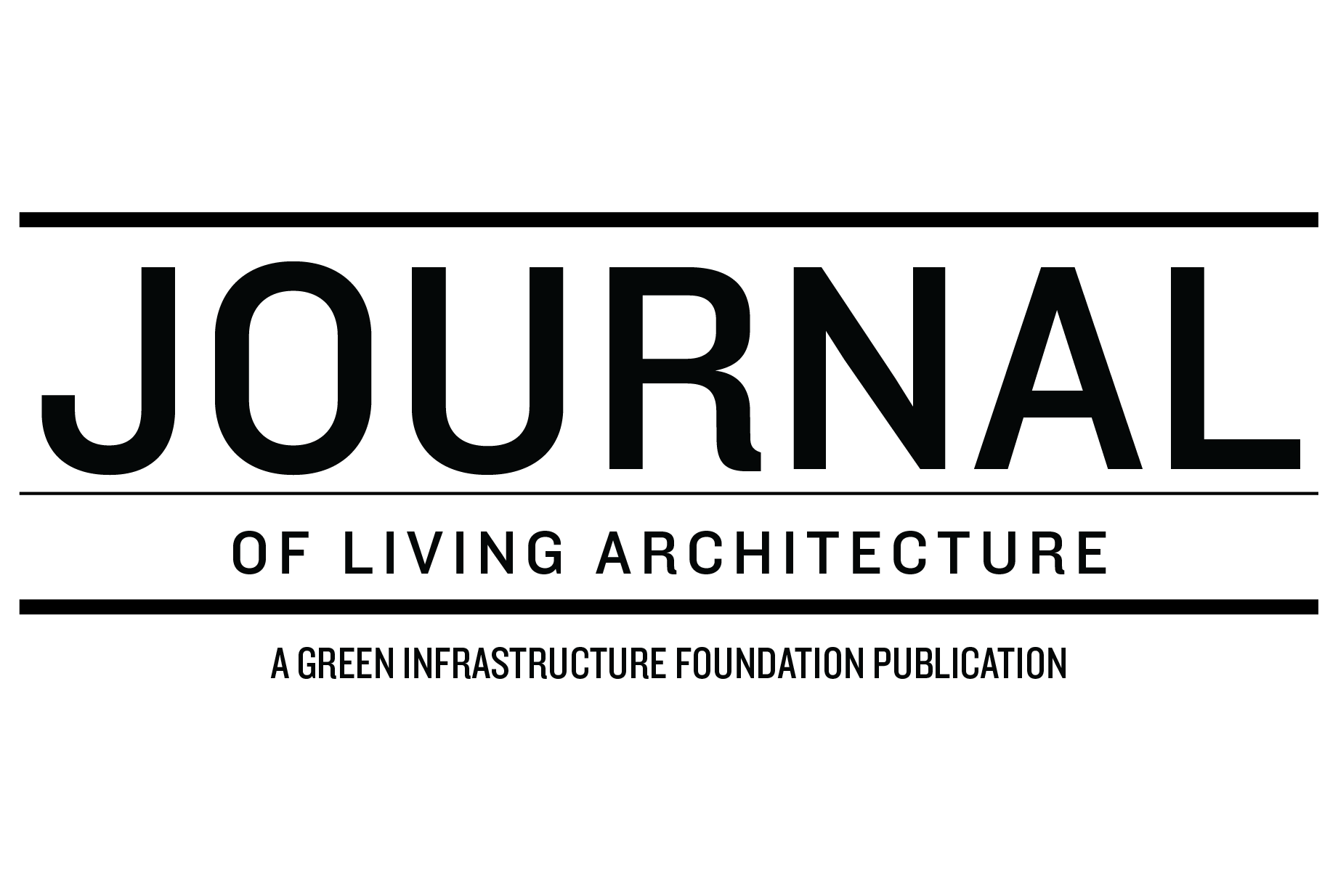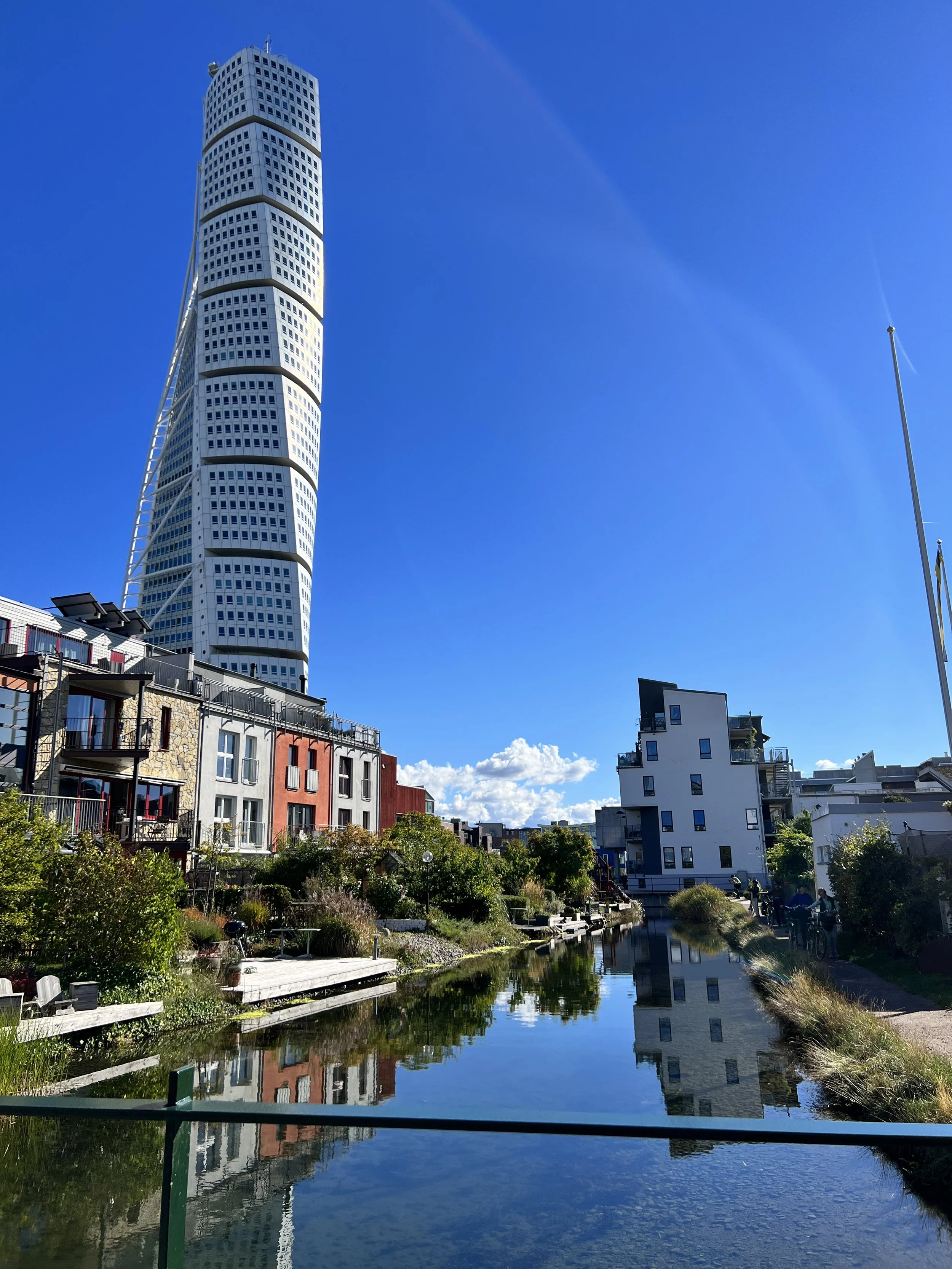Articles
Sky-High Sustainability: The Long-Term Success of Toronto’s Green Roofs
Toronto’s green roofs improve in plant health over time, with roof size, building height, and vegetation type driving long-term success. Insights from NDVI remote sensing guide sustainable, resilient urban green infrastructure planning.
Exploring Fruiting Crops in Rooftop Agrivoltaics in a Changing World
This article explores the potential of growing fruiting crops beneath solar panels on green roofs, examining opportunities, challenges, and the role this innovative system could play in resilient urban food and energy systems.
Preliminary Assessment of Saffron Production in Different Growing Systems in Kentucky, USA
This research explores saffron’s potential as a high-value, sustainable crop for Kentucky by comparing multiple growing systems and biofungicide treatments. By examining how different environments influence yield and plant health, the study offers new insights into optimizing saffron production and expanding its viability in regional agriculture.
How Hungry Is Your Roof? Come Find Out With Us!
The Regional Academic Centers of Excellence are initiating a study on green roof growing media microbes to improve our understanding of their many roles and you are invited to participate.
The Case for Rooftop Agrivoltaics: Innovation at the Food-Energy-Water Nexus
This feature explores rooftop agrivoltaics, combining food-producing green roofs and solar panels, highlighting research advancements at Colorado State University and their potential to address urban food, energy, and water challenges efficiently.
Land Cover Classification and Change in Porto, Portugal: Spatial Analysis for Urban Vegetation and Green Roof Adoption
We analyzed landcover change in Porto, Portugal, using satellite imagery from 2017 and 2022. K-Nearest Neighbor classification revealed increases in impervious surfaces and decreases in vegetation, highlighting opportunities for green roof interventions and the importance of climate justice considerations.
A Rooftop Agrivoltaic System: Pollinator Plant Establishment
Green roofs and photovoltaic arrays can coexist, enhancing biodiversity and solar energy generation. In a simulated study, pollinator plants thrived better under PV arrays due to favorable microclimate conditions, suggesting benefits for urban habitat diversity and plant establishment.
Native Forbs Grown Under Green Roof Conditions Have Altered Biomass Allocation Strategies
Green roofs can sequester carbon dioxide, but their contribution is often overlooked. Plants on green roofs allocate more biomass below ground to cope with stress and benefit from symbiotic fungi. This suggests green roofs significantly aid in carbon sequestration.
Healing Above Our Heads? Green Roof Medicinal Herbs
Detailed information about the growing of various herbs on the harsher green roof environment at the Colorado State University Spur Campus.
Year 1 Study: Urban Agriculture Green Roof Media Efficiency and Crop Cultivation
Urban and rooftop farming meets demand for fresh produce. Study at BMC Rooftop Farm explores green roof media's impact on crop cultivation, energy use, and water retention. Initial findings and future directions discussed.
How Growing Media, Fertilizers and Irrigation Impact Rooftop Food Production
This article chronicles research conducted to better understand the relation between growing media content, fertilization and irrigation on rooftop crop yields, an area of research with little peer review work.
Investigating the Climate Mitigation Performance of a Green Roof System in the Flint Hills Ecoregion, USA
This paper evaluates carbon sequestration on green roofs. Results suggest shallower beds with native grasses may offset deeper beds, aiding climate mitigation with proper irrigation.
Incorporation of Green Infrastructure on Road Tunnel Ventilation Stacks: Potential Ambient Air Quality Improvement
This study aims to describe the integration of green wall technologies and a tunnel ventilation facility, and models the potential ambient air quality improvement the green wall plants have through PM2.5 dry deposition.
Cooling Effects of a Modular Living Wall System in a Humid Subtropical Climate
This study repurposes automotive sheet metal into 300 modular living wall system (MLWS) planters, observing the cooling effects of 25 plant species on southeast-facing MLWS during summer. Results show Coreopsis lanceolata 'Sterntaler' achieving a 3.4 °C cooler ambient air temperature, highlighting MLWS's notable cooling effects in humid subtropical climates.
The Scandinavian Green Roof Institute
Since 2001 the Scandinavian Green Roof Institute has worked to advance blue-green infrastructure, with an integrated approach to stormwater management protecting the eco-city of Augustenborg from a 4.75 inch rainfall in six hours. Learn more about the Institute’s services and accomplishments.
Autumn Production of Romaine Lettuce on an Extensive Green Roof
Discover how lettuce cultivation thrived on a shallow substrate, overcoming temperature extremes and low fertility. Learn about the impact of fertilizers and weather conditions on crop productivity.
Rooftop Farm Living Lab: Research Takes Root at the Urban Farm at TMU
Toronto Metropolitan University is using its two rooftop farms to advance the practice of rooftop farming through multiple research projects, while also supporting food justice. See also the podcast with Arlene Throness, Urban Farm Manager, and Nicole Austin, Black-led Programs Coordinator.
A New Blue-Green Roof Solution: LiveRoof RoofBlue® RETAIN™
New research shows that LiveRoof’s innovative new Blue-Green Roof product, RoofBlue® RETAIN™ has the ability to reduce stormwater runoff, conserve irrigation water, and enhance plant growth.
Designing Green Roofs for Biodiversity
Thoughtful green infrastructure projects, including green roofs and living walls, are one important strategy to provide crucial habitat in cities. Although many specifics vary by region and climate, there are several basic things to consider when designing for biodiversity on green roofs and other green infrastructure.
Exploring The Potential of Rooftop Agrivoltaics
Rooftop agrivoltaics are cutting edge technologies that consist of the integration of rooftop farming with solar photovoltaics. With an estimated 1.2 million acres of rooftops in the US suitable for solar panels, discover the latest research on agrivoltaics.












